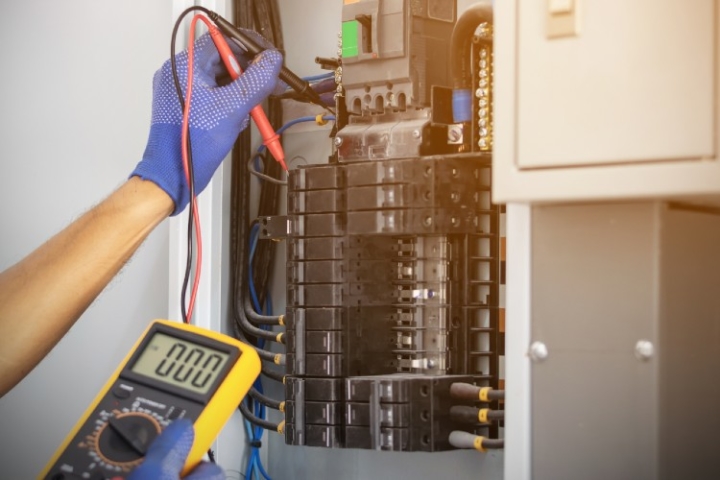
Introduction
Electrical Safety Standards in the Private Rented Sector (England) Regulations 2020 came into effect on 1 June 2020 and will apply to all tenancies in England that are entered into on or after that date.
Electrical installations in rental properties must now be inspected and tested by a qualified and competent electrician at least every 5 years under the new regulations. It is also the landlord’s responsibility to provide a copy of the electrical safety report to their tenants as well as the local authority if requested.
The majority of landlords in the private rented sector will not need to change their behavior. Almost all landlords check their installations regularly to ensure that their tenants are safe. NAPIT has created the following guidance on the requirements in order to ensure every landlord adheres to these regulations.
Observations on the Regulations:
Every five years, a competent and qualified person is supposed to inspect and test the electrical installations in private residences.
All new specified tenancies in England will be covered by the regulations after 1 July 2020, and all existing specified tenancies will be covered after 1 April 2021. Tenancies created after 1 June 2020 will be referred to as ‘new specified tenancies’.
Private landlords are required to follow these steps after the inspection and testing:
- Get the results of the inspection and test, as well as the date of the next inspection and test, from the person who performed the inspection and test
- Within 28 days of the inspection and test, provide a copy of that report to each tenant
- Within 7 days of receiving a written request for it from the local housing authority, provide a copy of that report
- Copy the report and provide a copy to the person performing the next inspection and test until the next inspection and test is due
- A copy of the latest report must be made available to all new tenants of the specified tenancy to which the report relates before they occupy those premises, and to all prospective tenants within 28 days of receipt of their written request.
Enforcement
Local authorities will be responsible for enforcing the new regulations, which can result in fines of up to £30,000 if a landlord is found to be in breach.
Private landlords can be served remedial notices by local authorities. The local authority can arrange remedial work to be completed with the tenant’s consent and recover the costs from the landlord if the remedial notice is ignored and action is not taken within 28 days.
Is There a ‘Report’ I Should Request?
The regulations simply require that the person conducting the inspection and test obtain a report. Generally, an Electrical Installation Condition Report (EICR) is used for this purpose in the industry.
The Electrical Installation Condition Report (EICR) is a document that describes the condition of electrical installations within a property and assesses their safety. There are reports on consumer units, protective bonding, lighting, switches, and sockets, among other parts of the system. A safety inspection is intended to determine whether the electrical installation is in a safe condition for continued use.
During the EICR, you will see whether the electrical installation is in a ‘satisfactory’ or ‘unsatisfactory’ condition, and you will find observations affecting safety or requiring improvements.


